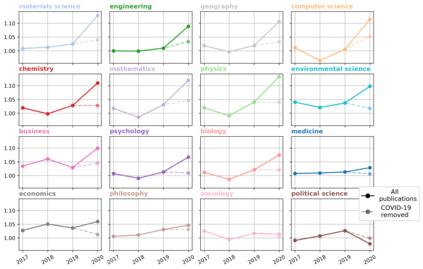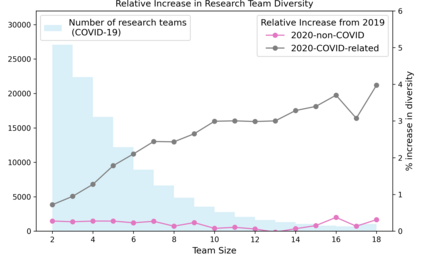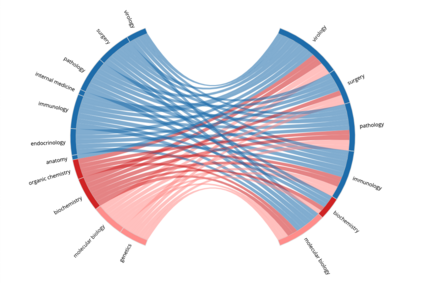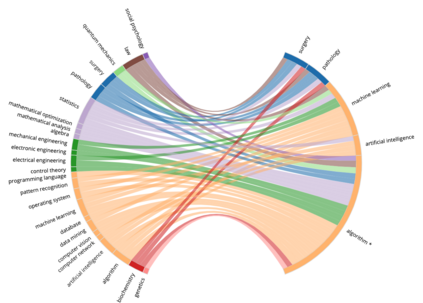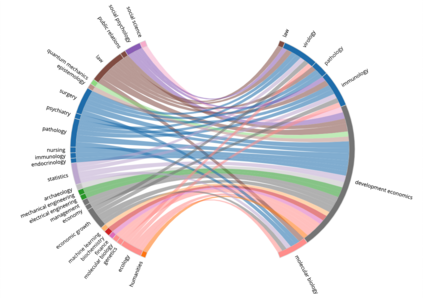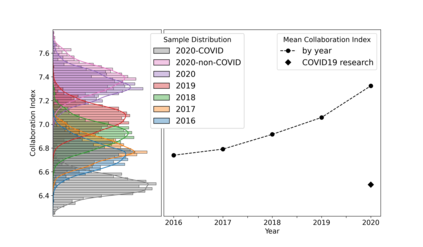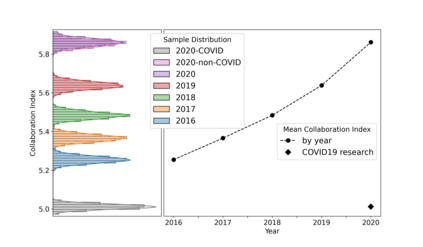The novel coronavirus SARS-CoV-2 and the COVID-19 illness it causes have inspired unprecedented levels of multidisciplinary research in an effort to address a generational public health challenge. In this work we conduct a scientometric analysis of COVID-19 research, paying particular attention to the nature of collaboration that this pandemic has fostered among different disciplines. Increased multidisciplinary collaboration has been shown to produce greater scientific impact, albeit with higher co-ordination costs. As such, we consider a collection of over 166,000 COVID-19-related articles to assess the scale and diversity of collaboration in COVID-19 research, which we compare to non-COVID-19 controls before and during the pandemic. We show that COVID-19 research teams are not only significantly smaller than their non-COVID-19 counterparts, but they are also more diverse. Furthermore, we find that COVID-19 research has increased the multidisciplinarity of authors across most scientific fields of study, indicating that COVID-19 has helped to remove some of the barriers that usually exist between disparate disciplines. Finally, we highlight a number of interesting areas of multidisciplinary research during COVID-19, and propose methodologies for visualising the nature of multidisciplinary collaboration, which may have application beyond this pandemic.
翻译:在这项工作中,我们对COVID-19研究进行了科学分析,特别注意这一流行病在不同学科之间促成的合作性质,并特别注意到该流行病在不同学科之间促成的合作性质,事实证明,加强多学科合作可以产生更大的科学影响,尽管协调费用较高。因此,我们认为,收集的166,000多份COVID-19相关文章有助于评估COVID-19研究中合作的规模和多样性,我们将其与该流行病之前和期间的非COVID-19控制相比较。我们强调COVID-19研究团队不仅比其非COVID-19对应单位要小得多,而且它们也更加多样化。此外,我们发现COVID-19研究增加了大多数科学研究领域作者的多变性,表明COVID-19有助于消除通常不同学科之间存在的障碍。最后,我们强调在COVID-19研究期间,多种学科研究领域应用的一些令人感兴趣的领域,这种多学科研究在COVID-19性质期间可能提出了多种学科合作方法。


